Classes
Learn to dance at one or both or our locations with a series or drop-in classes! Buy a monthly pass if you can’t decide!
Whether you’re beginner or advanced, social or competitive, the Palomar Ballroom has the right kind of dance instruction for your needs. Below is a brief description of the dance styles you can learn in our popular group classes. All styles and more may be learned in private lessons. Monthly series classes are progressive and are a great way to learn by taking advantage of review and repetition each week. Our weekly drop-in classes are always a good way to learn new patterns and improve your dancing.
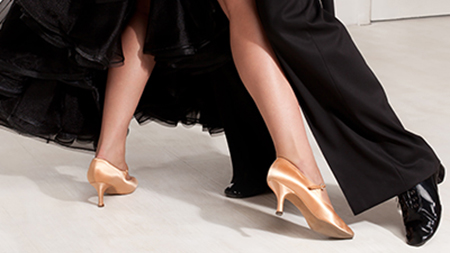
Waltz
An elegant and graceful slow dance that glides across the floor, it can be intimate and romantic or formal and grand. Learning to Waltz will improve your posture, poise, balance, frame, and control. The use of sway, rise and fall highlight the smooth, lilting style of the Waltz. Being a very traditional style of dance, the Waltz makes one feel like a princess or a prince at the ball.
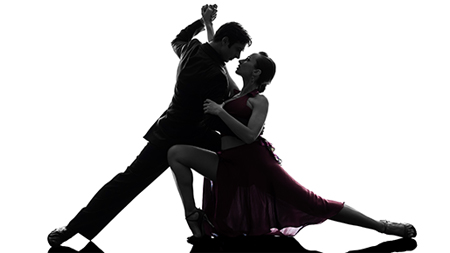
Tango
The American Tango is a dramatic and fun dance. Always part of any ballroom dance event or party, Tango is also useful for weddings and formals. It is a progressive dance where the staccato movement of the feet and flexed knees highlight the dramatic style of the dance. The Tango is one of the most highly stylized ballroom dances.
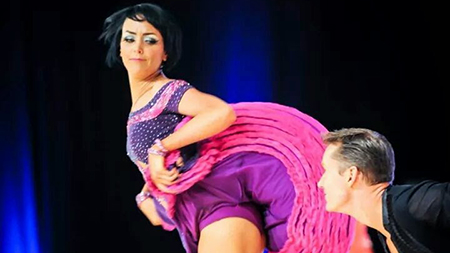
Cha Cha
Cha Cha is a dance of Cuban origin. Cha Cha’s tempo is anywhere from slow and staccato to fast and lively. It is very much an on-the-beat dance and hard not to inject one’s own feelings into it. This facet, more than any other, makes the dance fun for people of all ages.
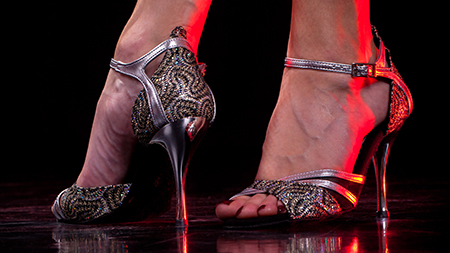
Rumba
A slower and romantic cousin to Salsa, this Latin dance is perfect for contemporary and classic pop ballads, as well as Latin love songs. Because it is a slower Latin dance, it can be ideal for dancers practicing the distinctive hip and body motion of the Afro-Cuban dances like Salsa, Mambo, and Cha Cha. You’ll see Rumba at Salsa clubs, lounges, weddings, and Ballroom dance events.
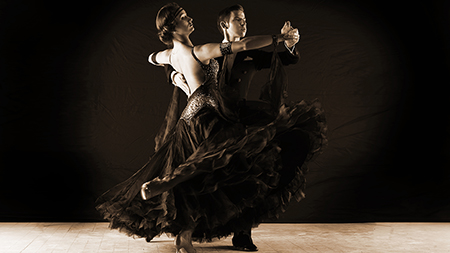
Foxtrot
Harry Fox, a vaudeville dancer and comedian lent his name to the Foxtrot dance step. Fox was believed to be the first to use the “slow step,” hence, the birth of the Foxtrot. Foxtrot is one of the most common American dances of the 20th century and still very useful for contemporary music. It is the foundation for many of the other partner dances including swing. It can be danced as a slow, romantic, cheek-to-cheek dance; as a theatrical, expressive showcase; or anywhere in between. To see Foxtrot at its best, just watch one of the many films with Fred Astaire and Ginger Rogers.

Bachata
Popular at Salsa and Latin Nightclubs, Bachata is distinctive for its side to side basic movement and its sharp hip motion on every fourth count of music. The music is slower than salsa music, and shares several characteristics with Merengue music since they both were developed in the Dominican Republic. At the clubs you will see some people dancing Bachata in a sexy embrace usually with legs intertwining and close hip action. Other partners leave plenty of space and may add some fancy syncopated footwork to match the unique rhythms of each song.
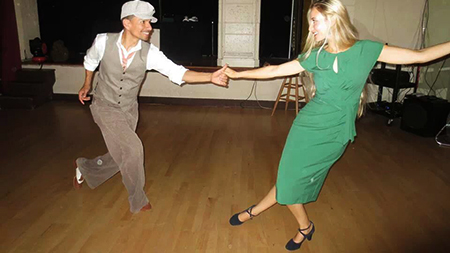
East Coast Swing
Sometimes referred to as Jitterbug or simply as Swing, this is the easiest of the swing dances to learn. It’s also one of the most commonly known dances in America. Because of its popularity and fun energetic music, East Coast Swing should be a staple in your dance repertoire. Swing has been around since the 1920’s, and has evolved with each decade’s popular music. With roots in jazz, it is also great for big band, rock n’ roll, and blues music.
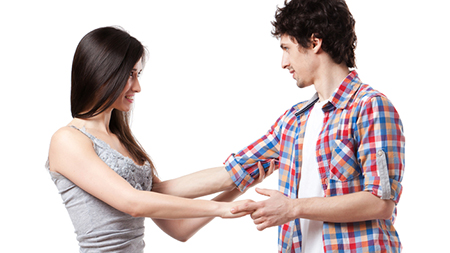
West Coast Swing
A contemporary-style of Swing, very different than what most people initially think of as “swing.” It is by far, the fastest growing social dance worldwide because of how ultra-cool it looks, its versatility, and the variety of popular music it is perfect for. This sleek, smooth, sexy, funky and challenging dance is versatile enough for blues, pop, R&B, country, jazz, disco, rock, and many more genres of music. Its relaxed and smooth body movements, playful improvisation, and stretch give it a distinctive look. Because of its incredible versatility, West Coast Swing will impress people on all types of dance floors. Once people see this dance, they have to learn it.
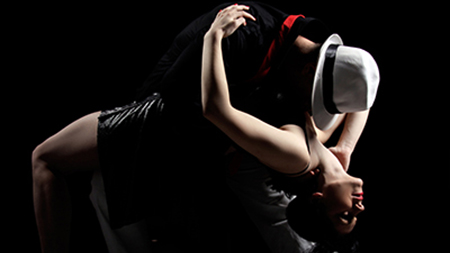
Salsa
One of the most popular social dances in the world. It is primarily danced to Latin music with Afro-Cuban rhythms. Salsa dancing has become so universally popular that there are Salsa nightclubs, lessons, and dancing in practically every major metropolitan city. Salsa music is characterized by its rolling and multi-layered rhythms. The dance is characterized by rolling hip motion and body movement, as well as numerous spin and turn patterns. Oozing with a sensuous style, Salsa has it all – passion, energy, and joy.
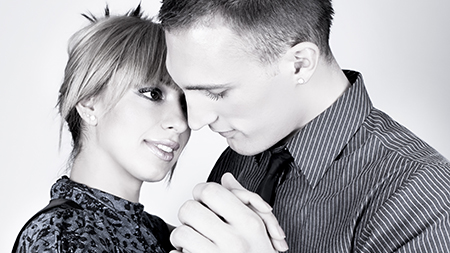
Nightclub Two-Step
Nightclub Two-Step was developed because there was a need to dance on a small floor to nightclub music. An easy and elegant dance for contemporary slow ballads, Nightclub Two-Step is quickly becoming one of the more popular social dances. It is also popular for weddings.
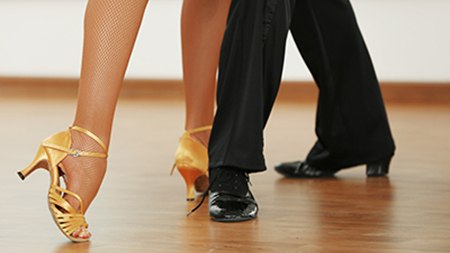
Samba
Inspired by the popular street-dance in Brazil, this partner dance is done to the syncopated South American rhythms of Samba music, as well as many Latin-flavored pop tunes. Most commonly done at ballroom events and studios, you can also dance Samba at lounges and nightclubs. Samba has a lilt and hip motion different than the Cuban motion of other Latin dances like Salsa and Rumba, so it adds more dimension and options to your repertoire, as well as helps you develop new skills. The steps are danced with a slight bounce which gives Samba its distinguishable look.
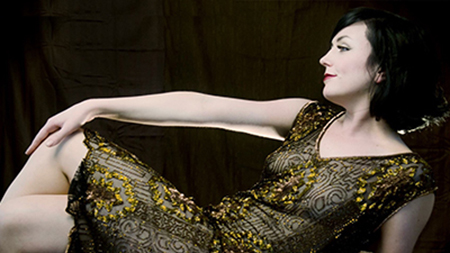
Burlesque
This fun dance teaches you how to strut your stuff, be sexy and confident through playful poses, shimmies and shakes, hip and chest isolations, glove peeling and Burlesque struts.
